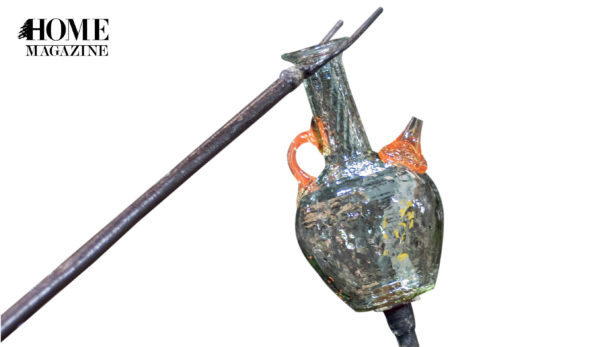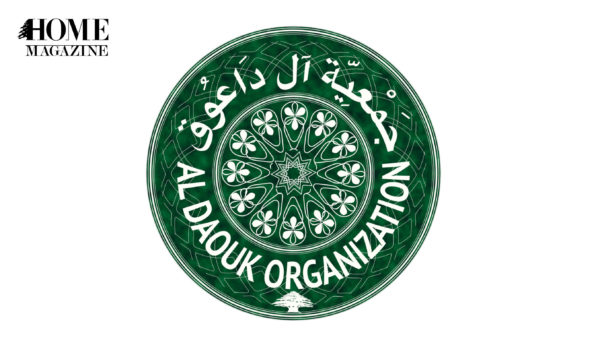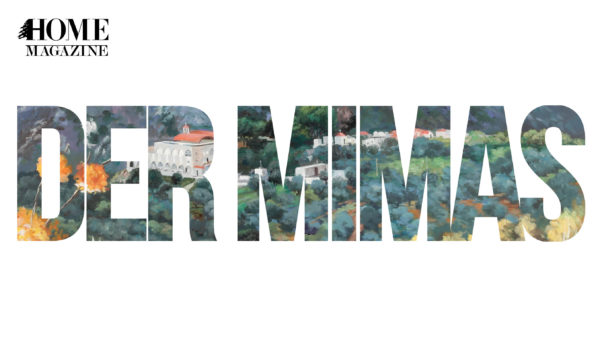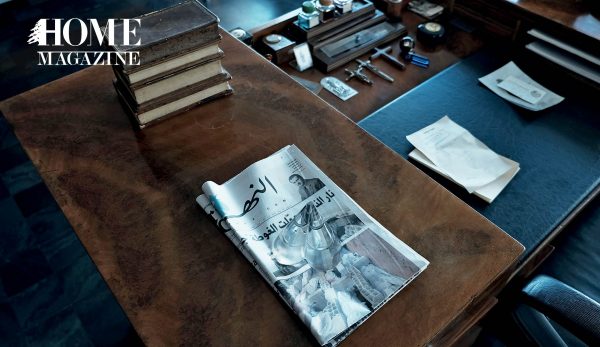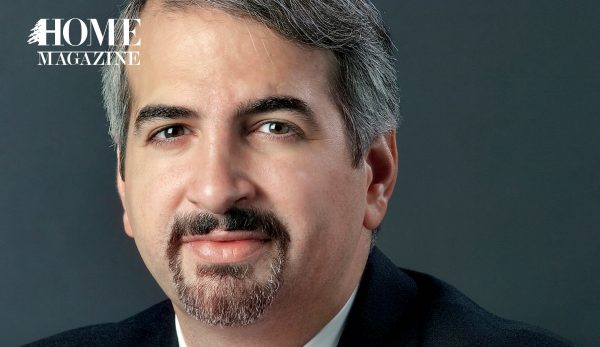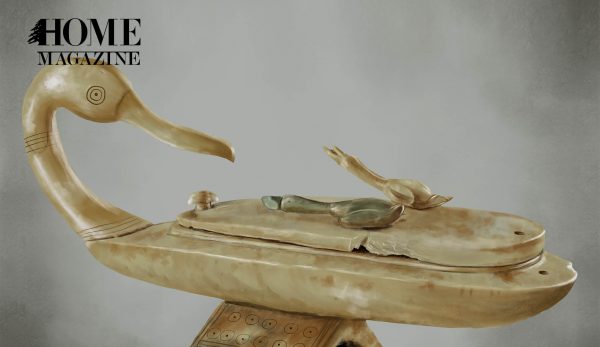By Maie El-Hage
Photographs by Rabih Ibrahim and Maie El-Hage
The up-and-coming Beirut neighborhood of Badaro is made up of an eponymous main street and alleyways bustling with commercial activity and low-key entertainment venues. It also includes the luscious residential area of Hirsh Kfoury. The recent appropriation of pre-existing buildings by small businesses such as restaurants, pubs and even architectural firms, reflects the key potential that Badaro offers. The changes that have occurred in just 15 years, between 2002 and 2017, show how these adapted spaces relate to and have helped mold the current urban setting.

2002
As a student of architecture with course requirements to fulfill, I surveyed two modern residential buildings by architect Joseph Philippe Karam (1923 – 1976) in the Hirsh Kfoury area of Badaro. Equipped with a Minolta XG-1 and a bound register book, the neighborhood provided fascinating textures, colors, landscaping, architecture and design for documentation. I was immediately struck by the rich verdant setting. The incorporation of greenery into the architecture and the wealth of pine trees that provided a natural canopy and clean air, was simply refreshing.
Building Jamil Kfoury, now demolished, and the Forest Building were both constructed in the late-50s and have many characteristics in common.
The use of pilotis, an independent structure, for one, allows for a free plan to emerge on the ground floor.
The architect was generous with the use of stone, both as a landscaping and a cladding material. Curved flower basins retained with full stones carry both shrubs and trees, enhancing the natural setting. In the Forest Building in particular, Karam used gridded-like screens with large, square openings arranged playfully on the façade.
Alighted on the rooftops of both buildings, Karam creatively played with different forms in his water tank designs.
2017
Driven by curiosity and the desire to interrupt a 15-year hiatus, I visited Badaro in May 2017.
Today, the rather central Beirut neighborhood is a place of residences and commercial activity, with the occasional presence of institutions and banks.
Badaro has gradually, mostly over the past two years, developed a sophisticated yet subdued nightlife, becoming a place for hospitality and entertainment. Pubs, bars and restaurants have popped up along the main and subsidiary streets. I found the way in which spaces were being reused to serve these new functions to be very intriguing and interesting, as I did the small business owners’ outlooks on the potential of Badaro.
Badaro attracts a mélange of people, from students in nearby schools to professionals that work around the area. According to venues like Villa Badaro and Eden, the average age of clientele is over 30, a more mature crowd then say Mar Mikhael, Gemmayze or Hamra.

Villa Badaro
Founded by Mrs. Ghita Saliba and managed by Anthony Saade, Villa Badaro opened in November 2015. An experiment in adaptive reuse, the restaurant was one of the first to open on the main street. Mrs. Saliba’s son “fell in love” with the abandoned villa from the 30s that the restaurant currently occupies and decided to invest in it. The restaurant initially was just in the garden but eventually moved into the interior. The upper floor is being used as an office space for the business for now. There are plans to expand the restaurant to the adjacent alley.
There are now more eateries and pubs in Badaro and the area has become more invigorated by its visitors and frequent customers.
Eden
Just around the corner, owner/manager Jean-Pierre Haddad opened his cocktail bar, Eden, in July 2015. “Badaro is a very chill area, the average age is relatively higher than anywhere else.”
Eden’s only venue is in Badaro though the company also offers mobile bar catering services. As a space, the interior is at once very attractive, cozy and casual. There are plans to extend onto the big terrace, creating a more laid-back café like space.

Obi
Badaro is also HOME to chains like Japanese restaurant Obi, which also has branches in Dbayeh. Occupying a corner of a Badaro street, the designers took advantage of the lateral wall to allow graffiti and tattoo artist George Batruni to create a work of graffiti art. Although Batruni was also hired to create artworks for the Dbayeh branches, the Badaro venue offered him a chance to “work on the street”. He describes the experience as a dynamic one since he was able to include interacting with people into the artistic process.

C-Lab
Businesses other than entertainment venues have opened in Badaro, one of which is architecture/interior design firm Creative Lab, or C-Lab, founded by Mario Azzi and Roy Marouni.
Occupying the ground and upper two floors of the building, the location has a unifying industrial façade that differentiates the firm within the Badaro urban landscape.
Today, Badaro is a place of opportunity, offering a sophisticated food and drink experience while also driving momentum for local businesses. Cosmopolitan and ever-changing, Beirut has once again allowed one of her lovely neighborhoods to emerge with fresh potential.














